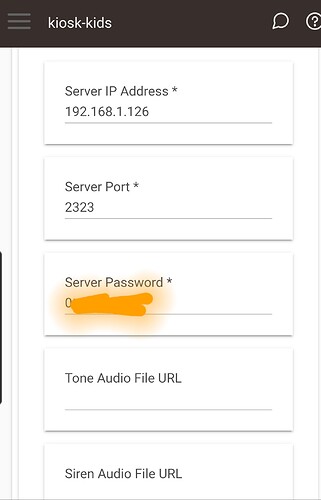Basically, pick up a cheap-■■■ 2gb android
https://www.amazon.co.uk/gp/aw/d/B0B2D5D5B3?psc=1&ref=ppx_pop_mob_b_asin_title
Install fully Kiosk Browser on it, and set a fixed ip.
Install the hubitat control driver and follow the awesome instructions
NOTE: This driver is no longer being actively maintained. I've have since moved onto another platform but haven't really used FKB for a while now. That being said, it has held up well with very minimal changes required. If somebody would like to take ownership feel free to message me and I can transfer the source or whatever it is we would need to do.
I wrote this quick driver when I found out that Fully Kiosk Browser had a REST API. This way you can use your tablet as a chime or using TTS i…
This is my hubitat device:
Simple webcore piston:
Note that for some reason, on my cheap box, there's a short pause and it can miss a beat. So I just start a phrase with an additional "ah...", to work around it. Not the end of the world.
Works lush.
1 Like



